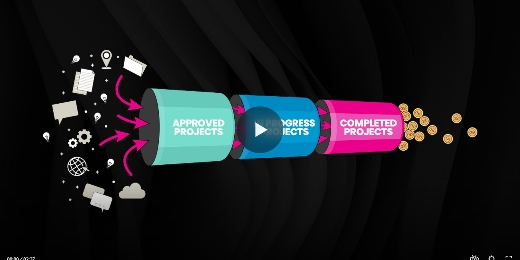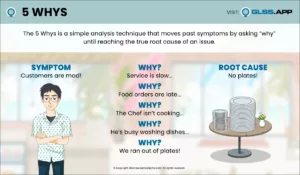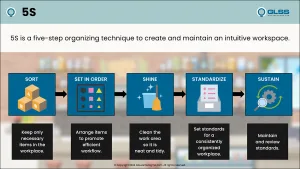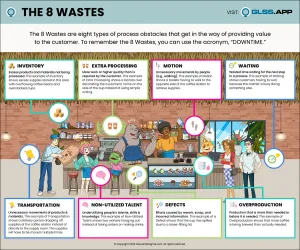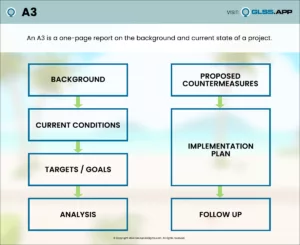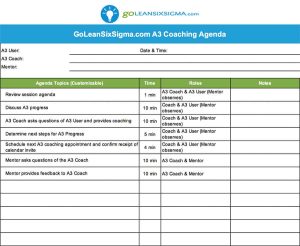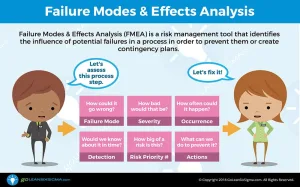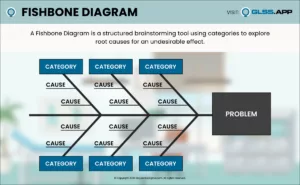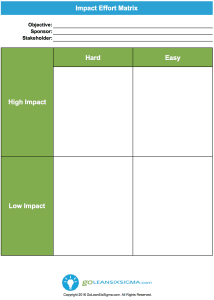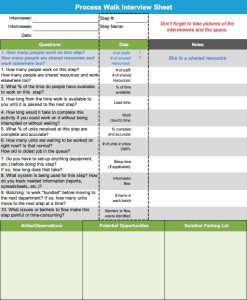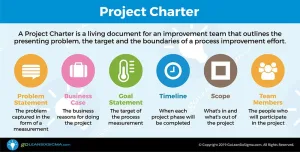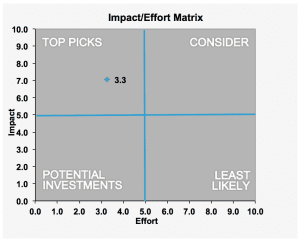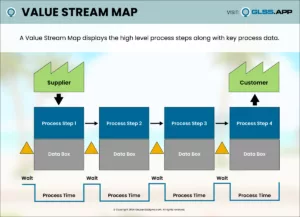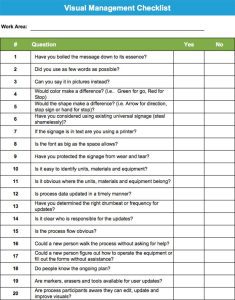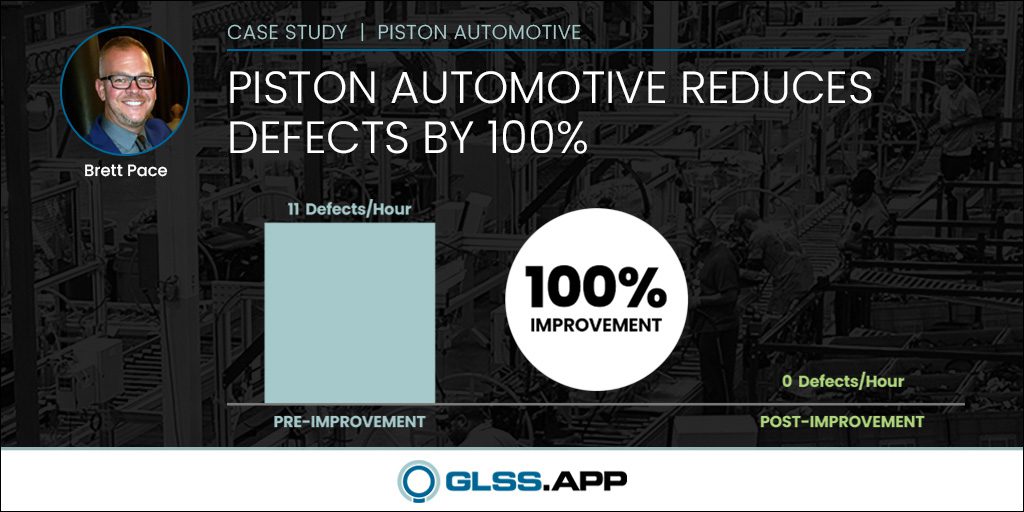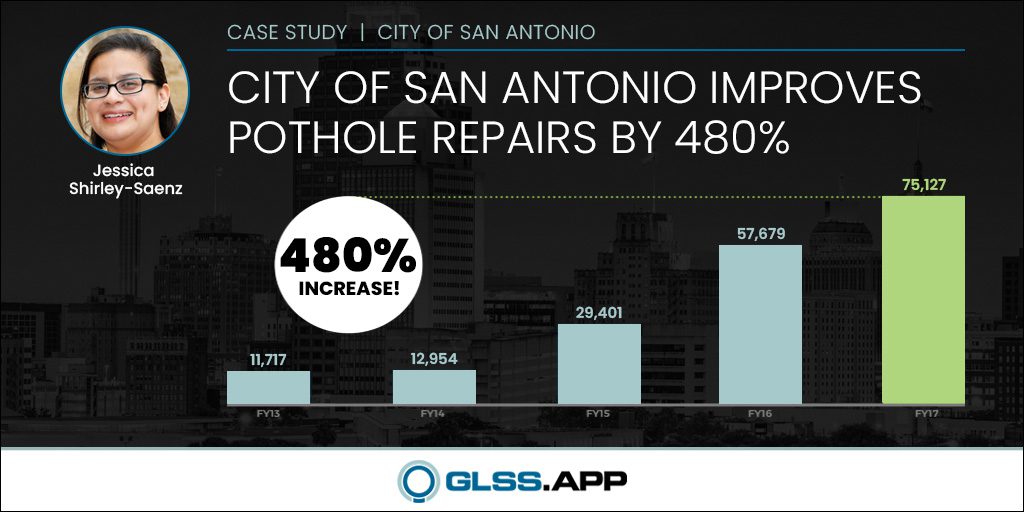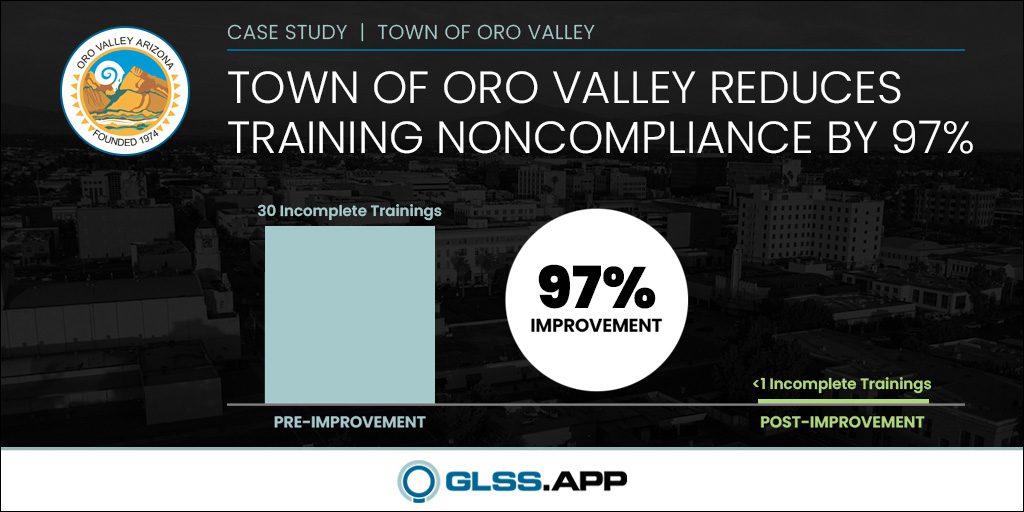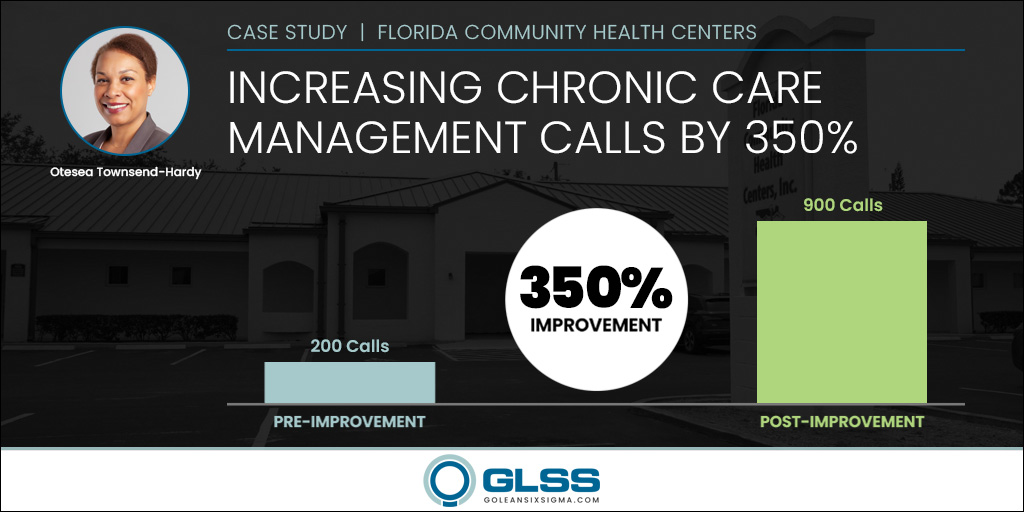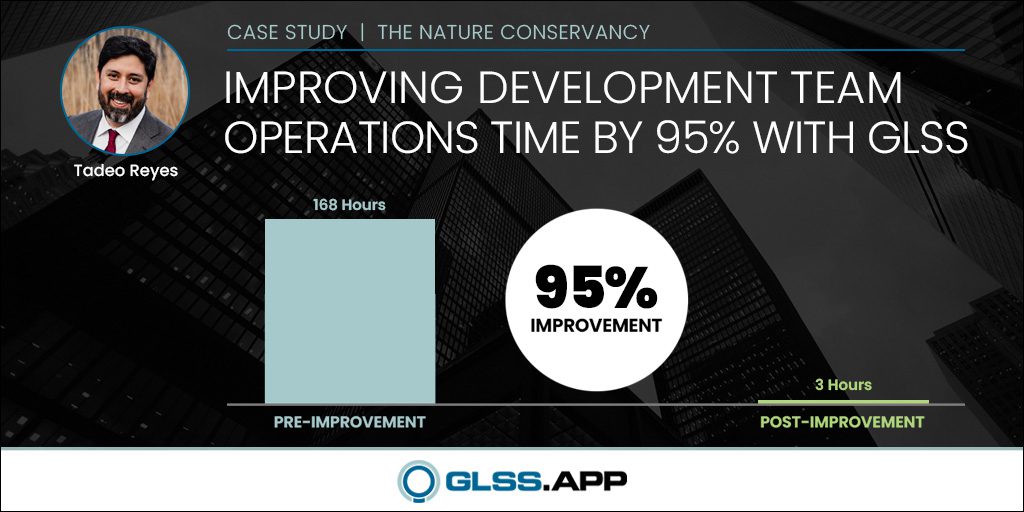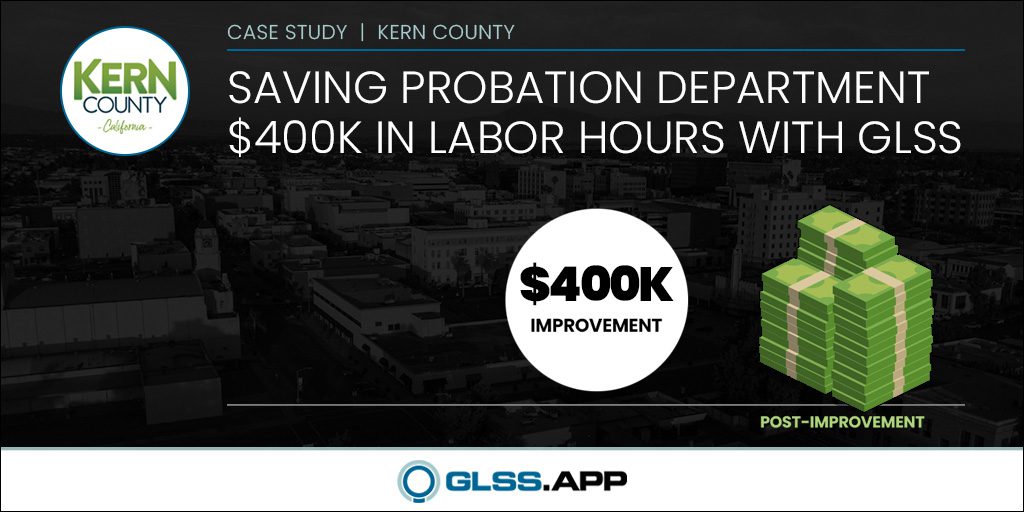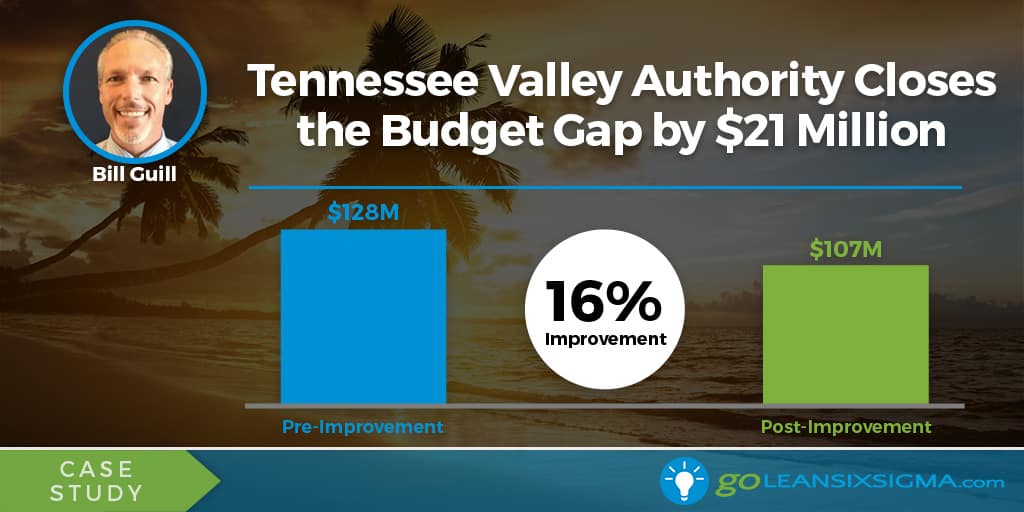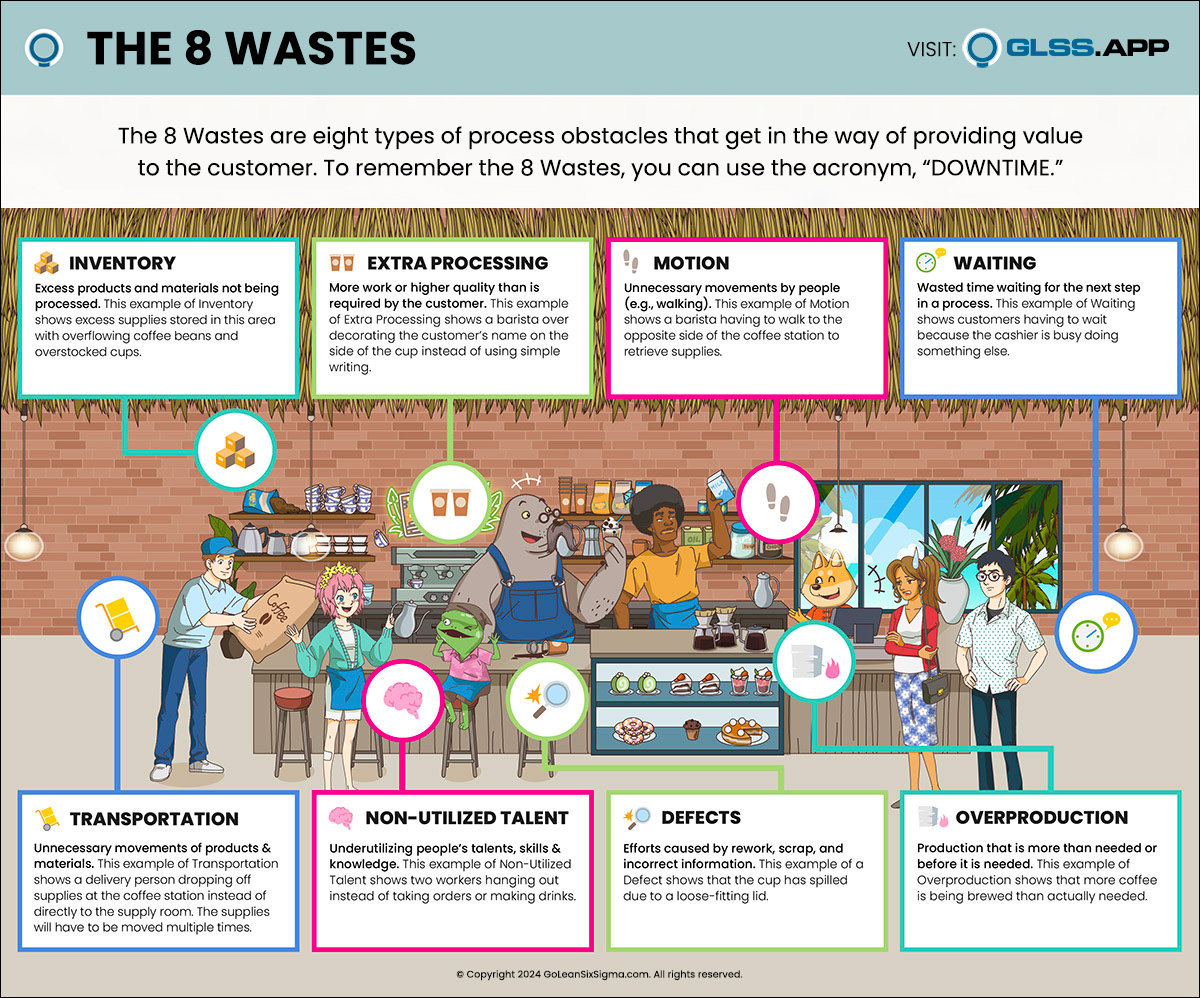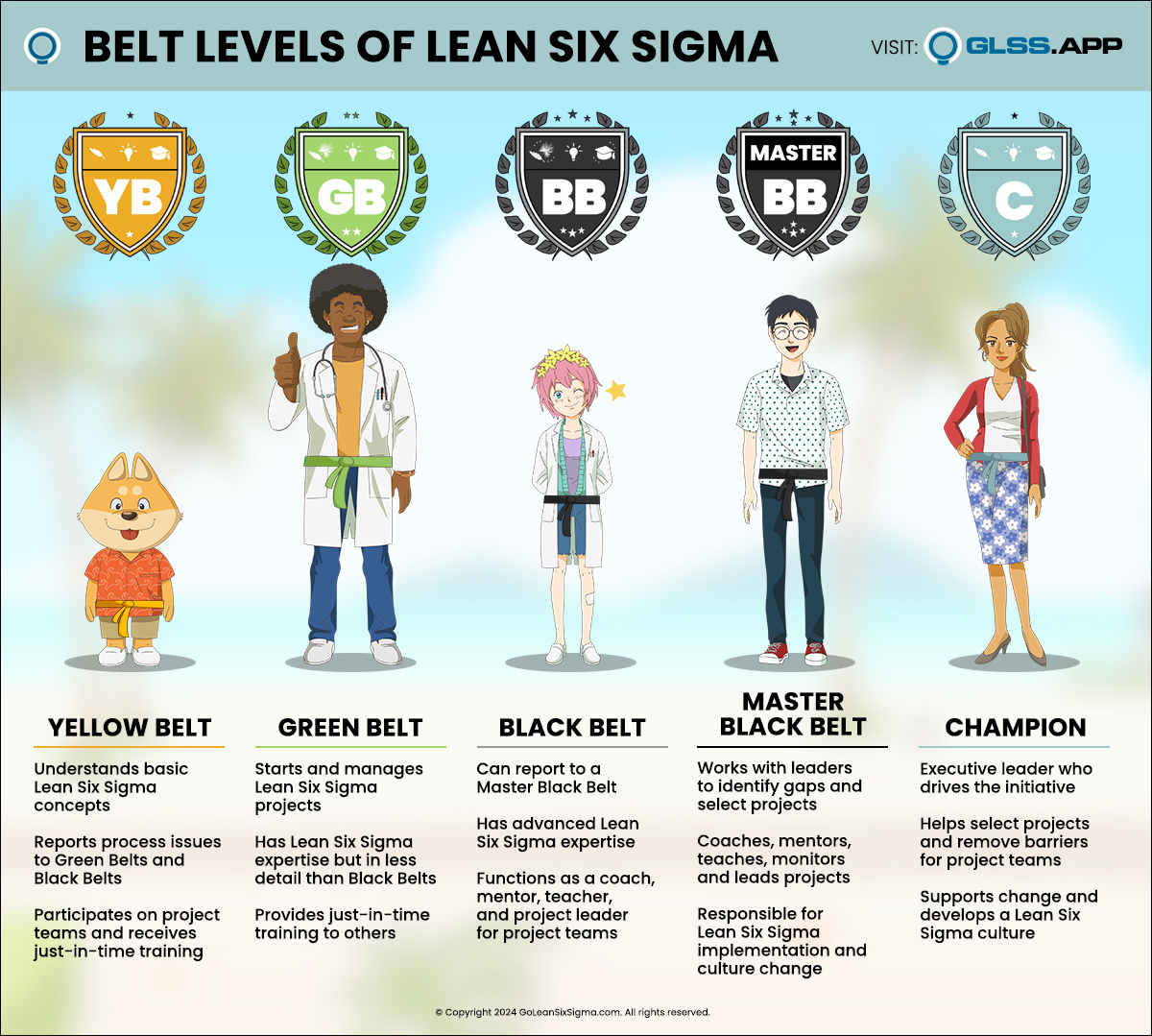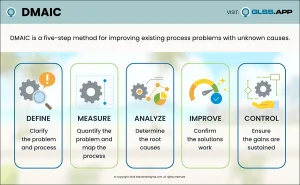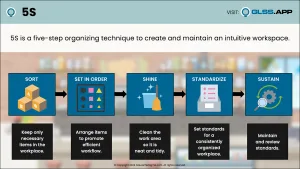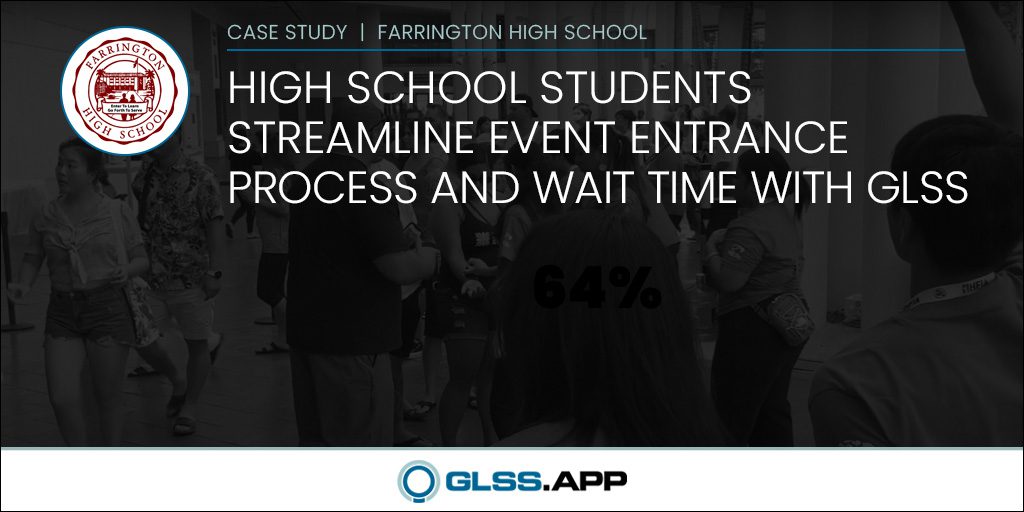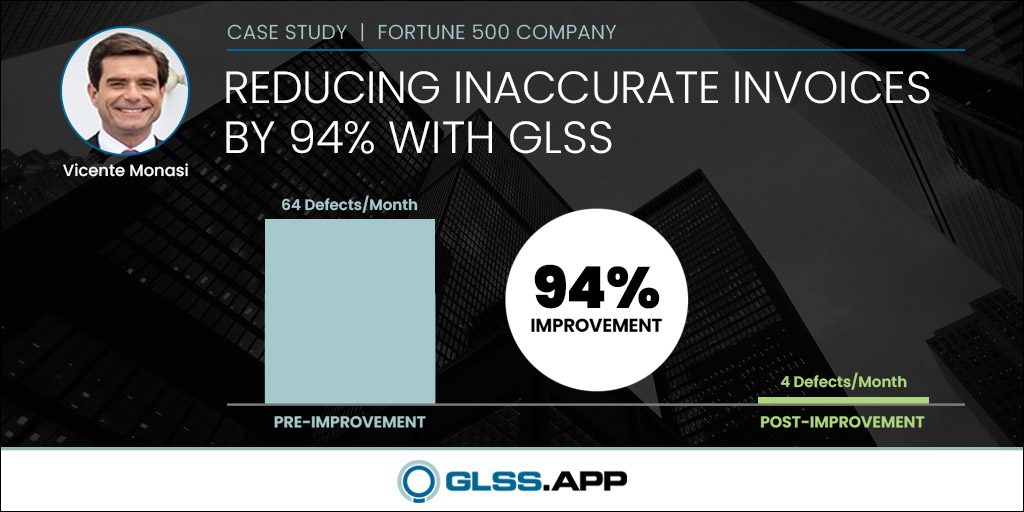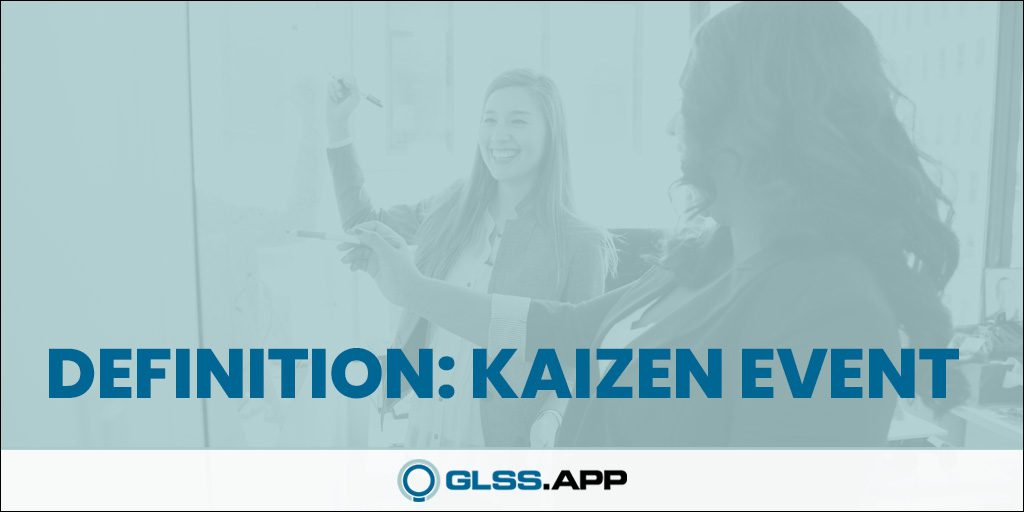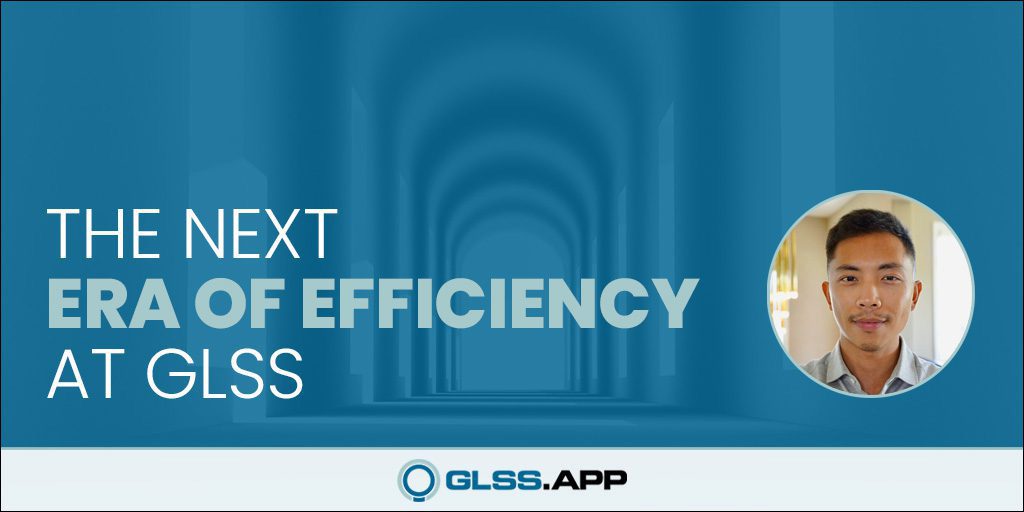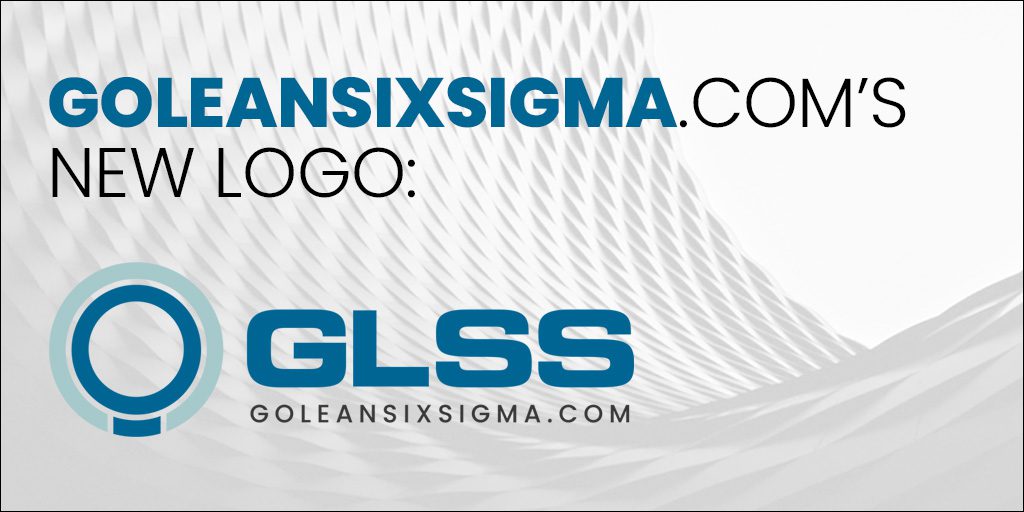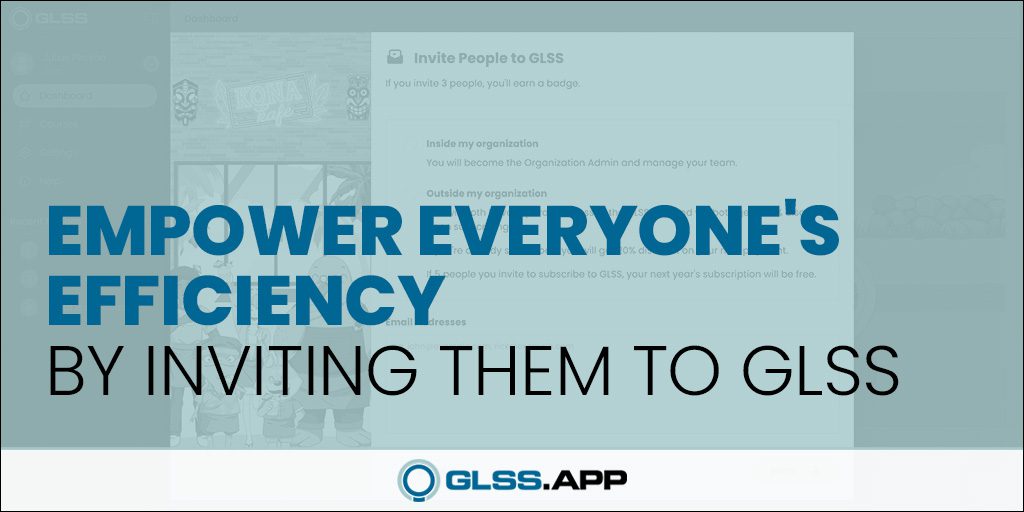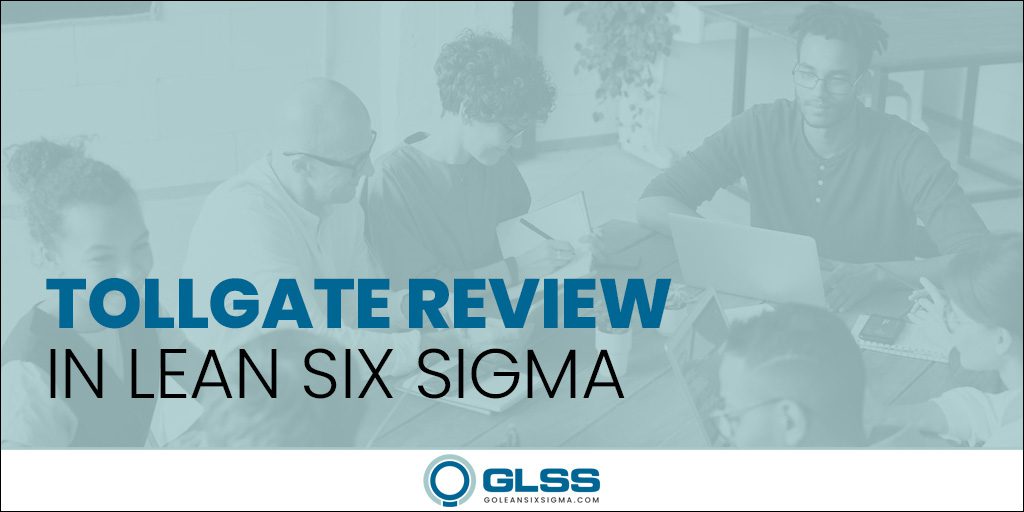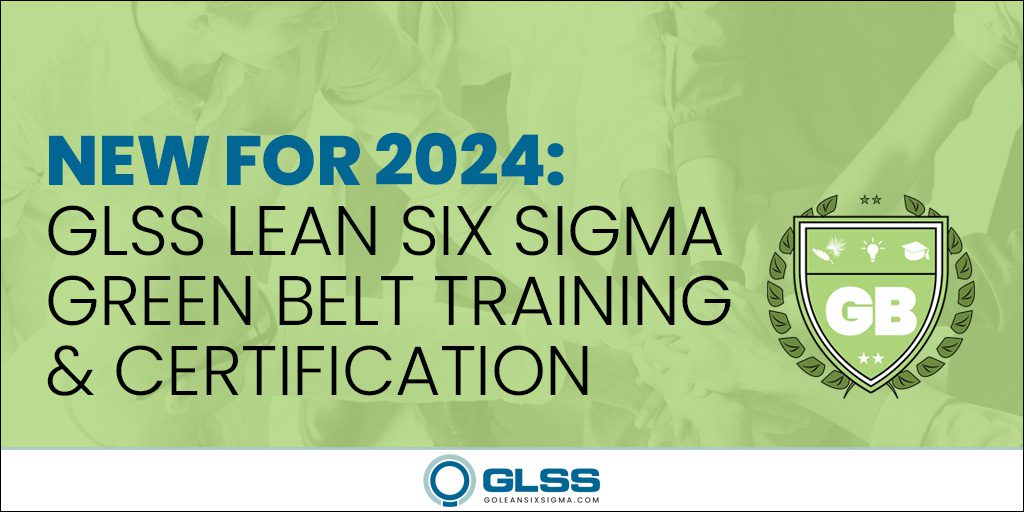
Chef Scott saw Elisabeth, the Bistro’s Black Belt, approaching and called to her eager to share the progress made by their improvement team.

Scott: Good, thanks. I want to show you what we have been working on. A couple of weeks ago, you will remember our staff meeting report showed the number of lunchtime orders has been increasing. We have been tracking that daily metric for the last few months. We added it to our dashboard measurements, our Key Process Indicators, during our last dashboard update.
Now, I know this is good news… we are growing. But since we haven’t added any more resources to our kitchen staff, I got concerned that could impact our customer service. So, in talking with the other kitchen staff, the serving staff, hostesses, we decided to start a new continuous improvement project.
Elisabeth: Wow, that is great. What’s your next step?
Scott: We held a meeting to form an improvement team and a number of people were willing to be part of the effort. During our initial meeting, we create a Project Charter and a SIPOC for our process. The SIPOC the team created shows the process starting with the time that the customer is seated at the table until the time they receive their meal. We agreed that a good goal for this project would be to ‘reduce the lunch order cycle time from 30 mins to 25 min by June 30, 2019’. With your approval, we will get the GM to sign and approve the charter as our sponsor.
Elisabeth: I am impressed, it looks like you have a good handle on the initial part of the Define Phase. Yes, I will gladly sign your charter. Tell me, what are you doing to address the Voice of the Customer?
Scott: We have been thinking about that. We know those that eat lunch at the Bahama Bistro are the customers listed on our SIPOC. But we aren’t quite sure how to determine what they think the cycle time should be. Sally, the chief hostess suggested we simply talk to them. She suggested that we talk to some of the regulars, but she also suggested we reach out to some of the new customers.
Elisabeth: Sounds good, it‘s a way to hear how long they think it should take, but how will you know if it’s what they actually believe?
Scott: I have been thinking the same thing. So, I plan to watch some security video from the restaurant. I may be able to watch people’s reactions, either being very pleased or a bit upset and see how it might relate to cycle time. It will give us a better expectation of the cycle time requirements.
Elisabeth: Interesting idea, I’ll be interested to hear how it turns out. Anything more?
Scott: Well, there is one more thing. We started collecting baseline data. Would you mind looking at it.
Scott pulled out a control chart and handed it to Elisabeth.

Scott: We have all the data from the last two weeks’ lunch orders.
Elisabeth: I see you have selected an Individual’s chart for your data. What was your logic?
Scott: We were able to download the lunch-time data from the order entry system. The system provided the time the server opened the ticket until the time the order was picked up from the kitchen. We realize there is some measurement error – sometimes the server doesn’t open the ticket exactly when the customer is seated, but the data was readily available so it seemed a good place to start.
In reviewing the data, we quickly realized that we needed to exclude pickup orders since they had different cycle times. Pickup orders are placed prior to customers arriving at the restaurant, so it’s a different process.
After removing the pickup orders, we simply calculated the average time and plotted it on the chart. Since the average was a single point for each day, we selected the individual’s chart. Why?
Elisabeth: I understand your logic, but do you remember a concept from training called the Central Limit Theorem?
Scott: Yes, I recall something about it, but not sure how it relates to our project.
Elisabeth: The Central Limit Theorem is concerned with the distribution of averages. It states that regardless of the original data or distribution, there are a few things that will happen.
The first is good news. It states that the overall average of the original data will be the same as the average of the distribution of averages. So, the average you have on your Control Chart is a good average for the current cycle time.
But if you think about what you are plotting, it really is the distribution of averages. Each point is the average of many points all grouped into one point. You will notice that the average from day to day doesn’t change that much.
Scott: Ok, now that you say that I see it.
Elisabeth: You mentioned your charter goal was to reduce the cycle time for the customers. Did you mean to reduce the average cycle time or to improve the process so that no customer would experience a long cycle time? Do you realize that if the point on the Control Chart is an average, then approximately 50% of the people will experience cycle times larger than that number? Isn’t the intent of your goal to reduce the variation in the current process?
Scott: Yes, I see that and Yes, reducing the process variation is the intent.
Elisabeth: By plotting the averages, you don’t actually get a chance to see the overall variation in the process.
Scott: OK, what do you suggest?
Elisabeth: For the baseline, you should not plot the average of the lunch order cycle times, but each and every lunch order cycle time. That will allow you to see the current variation.
Scott: Wow, that will be a lot of data points.
Elisabeth: You’re right, but we can use statistics to make this simpler. Sampling tells us that we don’t need to look at every point, even if we have them, to get a good estimate of the process. We can use systematic sampling, looking a few points at say every 10th order, in order to get our estimate. Just keep the orders in time sequence and use your ordering system to extract the data. Do you think that will work?
Scott: Yes, we can do that.
Elisabeth: Great, by using this sampling method, you’ll get a good estimate of the process variation that we couldn’t see with your plot of daily averages. You’ll still use the Individual’s Chart, but now the data will be for specific orders, not the average. I think you will be surprised at the difference in your baseline chart.
Scott: OK, I’ll work on it and get back to you.
A few days later, Chef Scott approached Elisabeth with a new baseline chart.

Scott: You were right, this chart is a lot different, the average line is about the same, but the control limits are much different and there are some points that aren’t inside those limits.
Elisabeth: It looks good and it shows you have some outlier points worth investigating. I feel this chart provides your team a better understanding of the current process. It will help you improve the process faster.
Scott: I agree. Thanks for the help and guidance.
Elisabeth: You’re welcome. Glad it helped!













